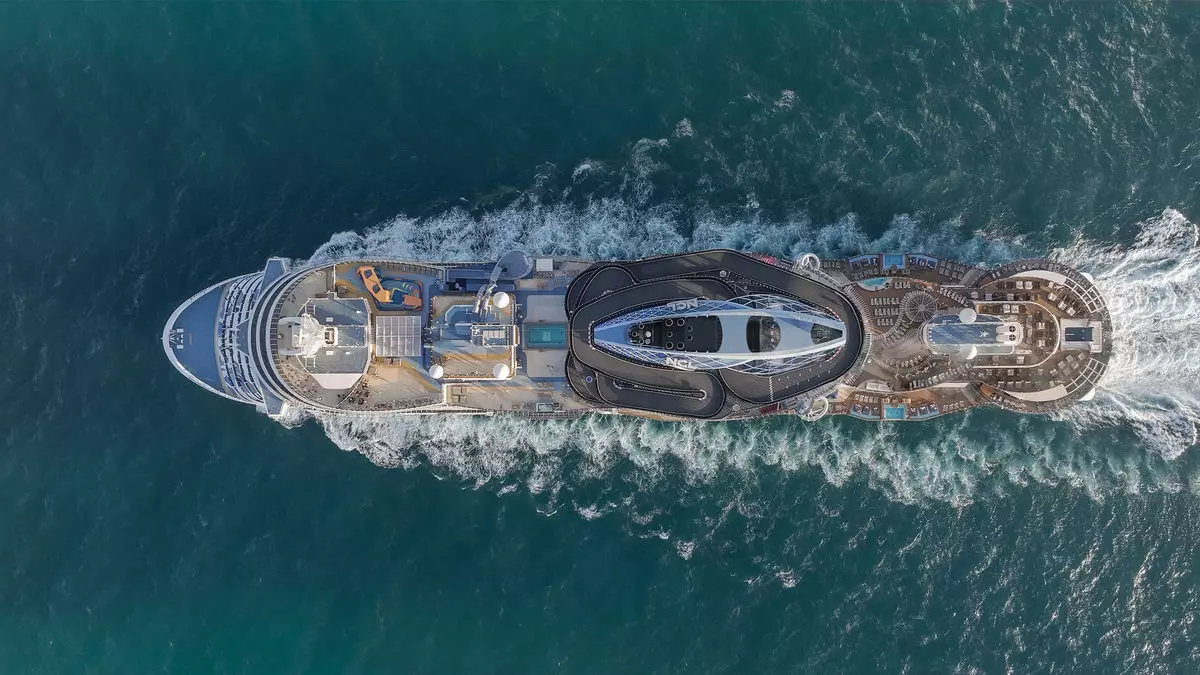The cruise industry has enjoyed a resurgence in popularity in recent years, with new ships and exciting itineraries drawing enthusiastic travelers. However, as the market expands rapidly, industry experts caution that over-saturation could diminish demand and erode pricing power. This article will explore the current state of the cruise industry, assess potential threats, and consider the broader implications of these trends on future profitability.
While modern consumers pursue unique travel experiences, including luxury voyages on state-of-the-art vessels, the influx of new ships can lead to an oversaturated market. According to financial analyst Scholes, the excitement surrounding each novel cruise ship may diminish the desire to book other vessels within the same fleet. The added “tonnage” and private destinations could reach a saturation point, thereby impacting their financial viability. Scholes emphasizes this concern, pointing out that cruise lines might unintentionally undermine their profitability by overextending themselves.
The impact of launching multiple new ships resonates beyond immediate consumer excitement. As fleets expand, companies face more substantial operational costs, increasing their vulnerability during economic downturns. Operators are compelled to maintain high occupancy rates, which could lead to lower pricing strategies to stimulate demand in an increasingly competitive market. Thus, the very expansion perceived as a boon has the power to turn into a burden.
Economic trends play a pivotal role in shaping the cruise industry’s future. Clayton Reid, executive chairman at MMGY Global, has raised alarms regarding potential declines in leisure travel demand. He cites broader financial concerns, such as increased consumer debt and reduced savings, which may hinder long-term travel intentions. Reid suggests that short-haul leisure travel will likely remain strong in the near term, though he foresees potential challenges arising by 2026.
One emerging reality is that many potential customers are increasingly critical about travel expenditure, especially when considering larger, more luxurious cruise options. If consumers shift their budgets away from cruising and prioritize other travel experiences, the industry could face rising inventory levels without corresponding demand. For larger operators with extensive fleets, the pressure to discount prices could erode profit margins, leading to a vicious cycle of decreasing returns.
The cruise industry has faced its share of public-relations catastrophes in the past, leading to significant declines in bookings. High-profile incidents, such as the Costa Concordia disaster in 2012 and the illegal oil-dumping scandals involving Carnival Corp., serve as poignant reminders that consumer trust is fragile. These events not only impact the companies involved but can tarnish the entire industry’s reputation, triggering widespread cancellations and a downturn in sales.
Compounding these issues are geopolitical events that challenge cruising’s dynamics. The industry’s flexibility to reposition assets has helped mitigate some risks during global conflicts; however, the potential for damaging incidents remains ever-present. The industry’s resourcefulness must come into play to navigate the fallout from political events and ensure that safety and reliability remain paramount attractions for potential cruise-goers.
As the cruise industry stands today, it faces a fluctuating landscape characterized by both opportunity and uncertainty. The COVID-19 pandemic decimated cruise operations worldwide, leaving the future uncertain for many companies. Despite this, industry predictions indicate a recovery that may solidify in the absence of major economic crises or unforeseen global disruptions.
However, as demand returns, businesses must remain vigilant. The challenges posed by excessive fleet expansion, shifting consumer preferences, and external economic factors require nimble strategic actions. Analysts are optimistic but caution that sustained success depends on how well cruise lines adapt to the evolving landscape while preserving the quality of their experiences.
The cruise industry stands at a critical juncture, where growth must be balanced with caution. Stakeholders must navigate the complexities of a changing environment while maintaining the aspects that make cruising appealing. The future may be bright, but it requires a thorough understanding of both internal and external challenges to ensure profitability and longevity in a post-pandemic world.

